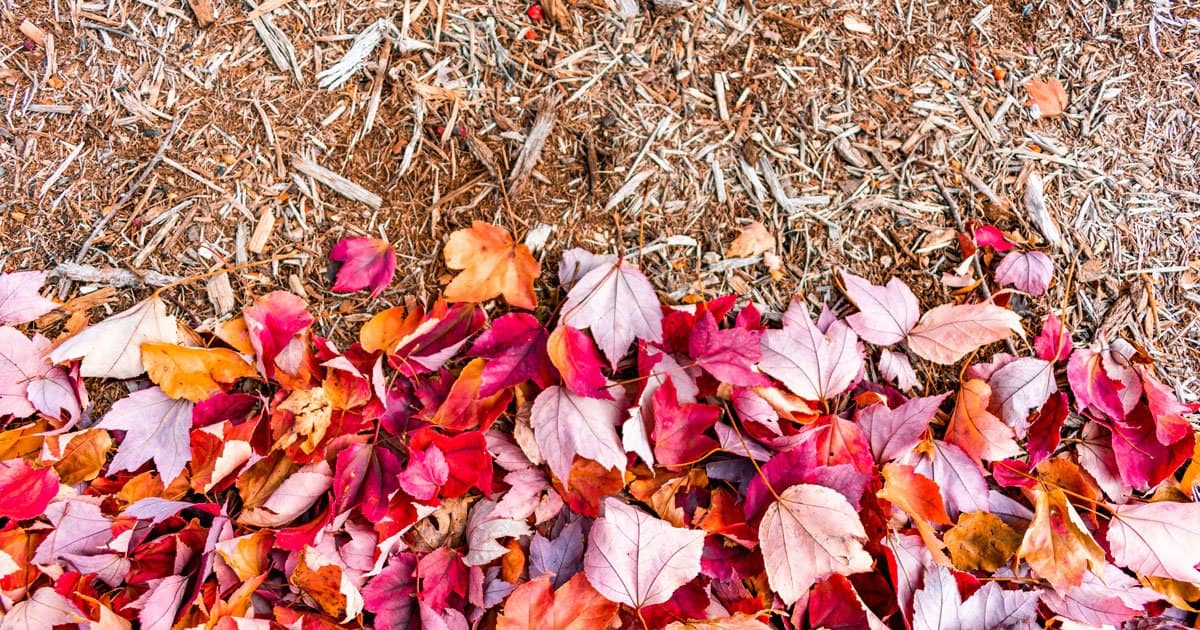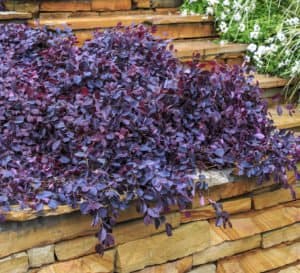In recent years, you may have heard the saying “Fall is for Planting.” We assure you this is not a nurseryman’s plea to gain more customers during what was traditionally a slow time of year for business. While most people think of spring as planting time – avid gardeners know fall is actually the best season to plant many trees, shrubs and hardy perennials. A closer look at the relationships between plant growth and weather explains why this is true.
Plants Focus on Root Growth in Autumn

As the dog days wane, many of the plants in our landscapes rebound from the toils of summer. Fall is a time of rejuvenation in the garden – our roses begin blooming again and our tomatoes abundantly set fruit. New blossoms make their mark on the landscape as the autumn palette takes hold. Plants rejoice in the cooler nights, damper soils and returned rains. This shift in weather allows plants to get back to the business of growing.
The cooler temperatures reduce plant stress and are ideal for root growth, allowing newly planted trees, shrubs and perennials to quickly establish. It is an interesting fact that plants can develop roots as long as soil temperature is above 40 degrees Fahrenheit. This includes much of the fall and winter months throughout the south, which means plants installed in autumn have several months of active root growth during the dormant season. When warmer temperatures arrive in the spring, plants put their energy into growth – rather than setting root – and get a good hold before the heat of summer returns.
What to Plant in Fall

Not all plants benefit from fall planting. Research shows early fall planting is best for container-grown and ball-and-burlap shade and ornamental trees and pines. But, spring is best for planting bare-root plants and broadleaf evergreens, such as holly and boxwood. However, many containerized plants may be planted any time if handled properly. One of the main reasons fall-planted broadleaf evergreens fail is due to water stress – the green leaves are exposed to dry winds all winter long and continue to lose water, yet many gardeners forget to irrigate plants during the winter months. For success with fall plantings of any type, be sure to water regularly throughout the winter to keep roots and soil moist.
While we often fertilize plants or amend soil during spring planting, we should hold-off on fertilizing in the fall. The same is true of pruning woody trees and shrubs. Fertilization and pruning encourage new growth, which does not have time to harden off before cold temperatures arrive. New succulent growth can be damaged as temperatures drop below freezing. Wait until spring to fertilize plants, and prune as needed during winter dormancy.
Choosing Plants with Fall Foliage Color

Not only is fall a great time to establish plants, it is also ideal for selecting trees and shrubs for fall color. If you are looking for a shade tree or shrub known for autumn foliage or if you are not sure exactly what plant you want, wait until plants reveal their fall colors. This will assist you in selecting the most vibrant specimen. Autumn visits to the garden center also allow fall-blooming shrubs and perennials you may have passed over in the springtime to shine. This is a great way to identify plants of seasonal interest to showcase in your garden.













